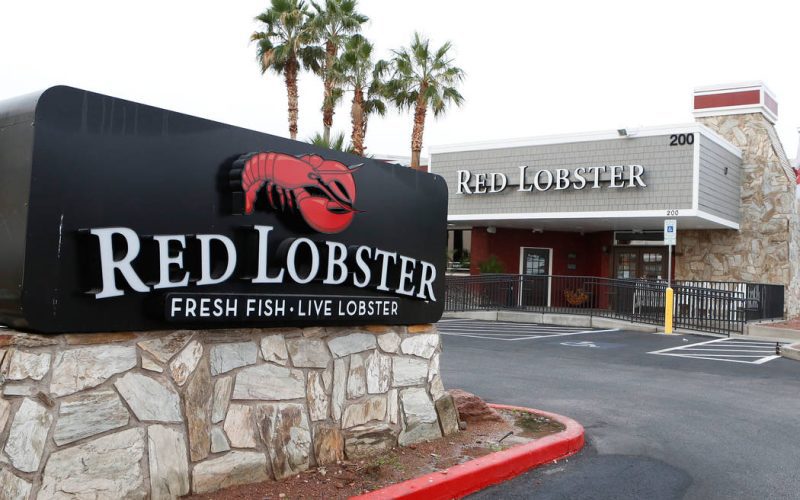In recent weeks, Red Lobster, the renowned seafood chain, has made headlines for the closure of several of its restaurants across the United States. As an online restaurant liquidator auctions off kitchen equipment from these locations, questions arise about the reasons behind this sudden turn of events. In this article, we delve into the details of the closures, examining where they’re occurring and the underlying factors contributing to this decision.
Backdrop of Financial Turmoil
Red Lobster’s recent closures come amidst a backdrop of financial turmoil for the company. Reports indicate that the seafood giant considered filing for Chapter 11 bankruptcy in April, signaling significant challenges in its financial operations. With advice from law firm King & Spalding, Red Lobster explored options to restructure its debt, including shedding long-term contracts and renegotiating leases. This move came as the company’s cash flows were burdened by leases and escalating labor costs.
The Price of Popularity: Endless Shrimp Promotion

One of the pivotal events leading to Red Lobster’s financial strain was its “Ultimate Endless Shrimp” promotion in 2023. Initially intended to boost foot traffic by offering endless servings of shrimp for a fixed price, the promotion backfired when demand exceeded expectations. The popularity of the deal, priced at $20, resulted in unforeseen losses amounting to $11 million in the third quarter alone. Despite its success in attracting customers, the promotion’s profitability was compromised, contributing to Red Lobster’s financial woes.
Closure Locations and Impact
The closures have had a significant impact on Red Lobster’s presence in several states across the country. According to reports, more than a dozen Red Lobster restaurants in Florida have shut their doors permanently. Locations in Jacksonville, Orlando, Tampa, and Daytona Beach among those affected, with signs indicating closure and redirection to other nearby establishments. And two locations in Wisconsin, namely Wauwatosa and La Crosse, temporarily closed, further underscoring the extent of the company’s retrenchment.
The Road Ahead
As Red Lobster navigates these challenging times, questions loom over its future trajectory. While closures may signal a strategic move to streamline operations and mitigate financial losses, they also raise concerns about the company’s long-term viability. In an industry characterized by fierce competition and shifting consumer preferences, Red Lobster faces the daunting task of reinventing itself to stay afloat in turbulent waters.
Conclusion
The closure of dozens of Red Lobster restaurants serves as a stark reminder of the volatile nature of the restaurant industry. Despite its iconic status and loyal customer base, the company finds itself grappling with financial challenges exacerbated by misjudged promotions and escalating costs. As stakeholders await further developments, the fate of Red Lobster hangs in the balance, highlighting the need for adaptive strategies in an ever-evolving market landscape.












